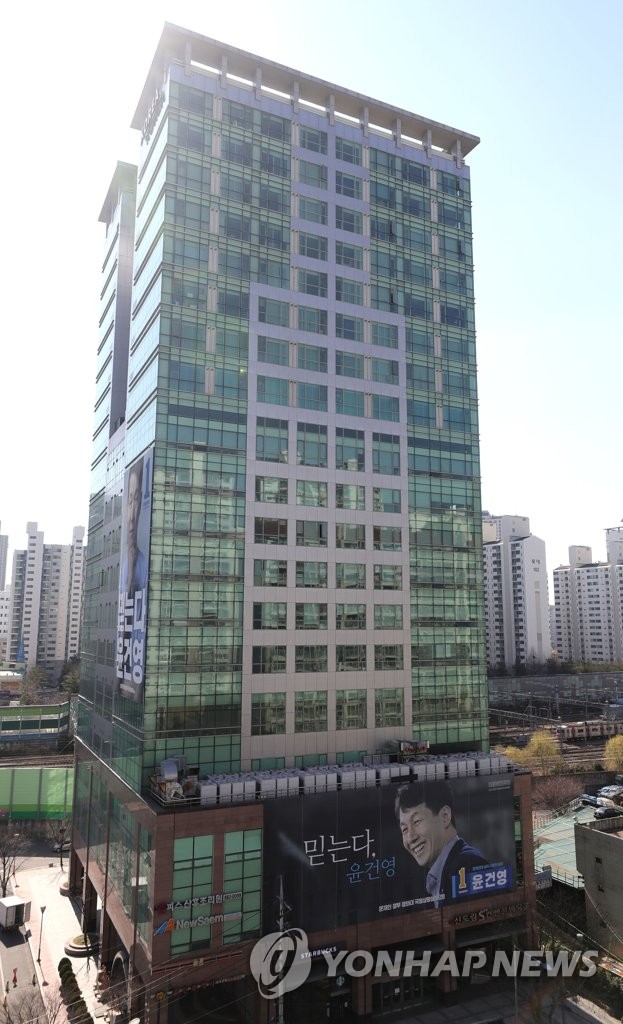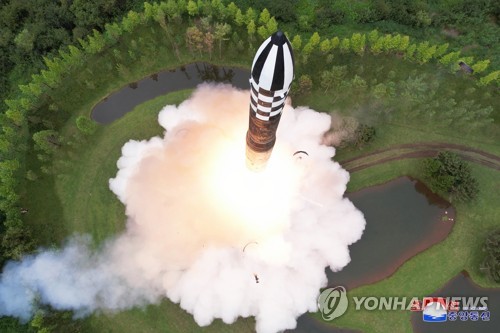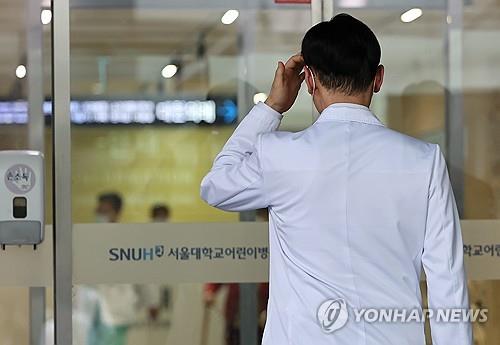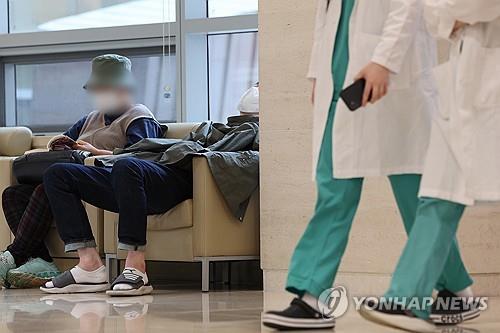Infection rate of COVID-19 in closed environment very high: data
SEOUL, March 25 (Yonhap) -- The infection rate of the new coronavirus in closed environments is exceptionally high, data showed Wednesday, in an indication that virus infection may be prevented by avoiding contact in such spaces.
As of Monday, 97 people working at a call center in Seoul had been diagnosed with the respiratory disease that originated in China late last year, according to the Korea Centers for Disease Control and Prevention (KCDC).
Some 94 of them worked on the 11th floor of the building in Guro Ward in southwest Seoul where a person infected with the virus had worked, it noted.
The remaining three cases came from the ninth and 10th floors.
The KCDC said the disease had an infection rate of 43.5 percent on the 11th floor, where 216 people had worked until the entire building was shut down March 9 for quarantine measures.
"This can be seen as the result of the continuous and repeated spread of the virus through droplets due to the nature of work related to a call center," it said in a press release.

The photo taken March 16, 2020, shows a building in Guro district in southwestern Seoul that was shut down for disinfection after an employee at a call center in the building was diagnosed with the new coronavirus. The building has reported 96 additional cases of COVID-19 as of March 23, 2020. (Yonhap)
The infection rate dropped to 0.5 percent on the ninth floor where only one out of 206 people has been confirmed to be infected, it added.
The KCDC said exposure to the virus over an extended period of time may be key to infection, noting the virus showed an infection rate of around 8.5 percent for the entire building, where more than 1,100 people worked or lived.
"This suggests the possibility of the virus spreading via a local air-conditioning system is very low, as is the possibility of infection through brief personal encounters," it said.
"Also, this confirms that the possibility of infection via short, daily encounters, such as shared use of an elevator or a lobby, is low," it added.
bdk@yna.co.kr
(END)
-
 'Queen of Tears' weaves rich tapestry of Korean contemporary art
'Queen of Tears' weaves rich tapestry of Korean contemporary art -
 Ateez member Yunho throws first pitch at MLB match between Dodgers, Mets
Ateez member Yunho throws first pitch at MLB match between Dodgers, Mets -
 N. Korea says Kim guided simulated nuclear counterattack drills for 1st time
N. Korea says Kim guided simulated nuclear counterattack drills for 1st time -
 N. Korea calls envisioned U.S. aid to Ukraine 'hallucinogen'
N. Korea calls envisioned U.S. aid to Ukraine 'hallucinogen' -
 N. Korea calls on party propaganda officials to work harder
N. Korea calls on party propaganda officials to work harder
-
 'Queen of Tears' weaves rich tapestry of Korean contemporary art
'Queen of Tears' weaves rich tapestry of Korean contemporary art -
 Experts see possibility of N.K. conducting nuclear test before U.S. presidential vote
Experts see possibility of N.K. conducting nuclear test before U.S. presidential vote -
 Details of meeting between Yoon, opposition leader undecided: presidential office
Details of meeting between Yoon, opposition leader undecided: presidential office -
 N. Korea says Kim guided simulated nuclear counterattack drills for 1st time
N. Korea says Kim guided simulated nuclear counterattack drills for 1st time -
 Looming weekly closure of major hospitals feared to worsen medical service crisis
Looming weekly closure of major hospitals feared to worsen medical service crisis
-
 S. Korea eliminated in Olympic football qualifiers as poor defense, undisciplined play prove costly
S. Korea eliminated in Olympic football qualifiers as poor defense, undisciplined play prove costly -
 Indonesia coach left with mixed feelings after eliminating native S. Korea in Olympic football qualifiers
Indonesia coach left with mixed feelings after eliminating native S. Korea in Olympic football qualifiers -
 (LEAD) 10-man S. Korea lose to Indonesia to miss out on Paris Olympic football qualification
(LEAD) 10-man S. Korea lose to Indonesia to miss out on Paris Olympic football qualification -
 10-man S. Korea lose to Indonesia to miss out on Paris Olympic football qualification
10-man S. Korea lose to Indonesia to miss out on Paris Olympic football qualification -
 ADOR CEO calls conflict with Hybe 'worst experience of my life'
ADOR CEO calls conflict with Hybe 'worst experience of my life'




















